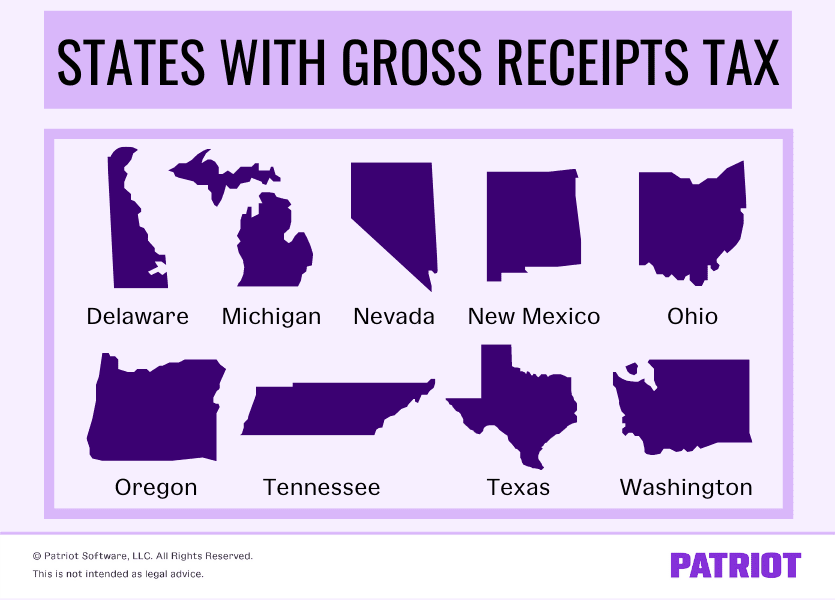

Some firms may lower wages to accommodate the tax, reducing incomes. Prices rise as the tax is shifted onto consumers, impacting those with lower incomes the most. Gross receipts taxes impose costs on consumers, workers, and shareholders.Startups and entrepreneurs, who typically post losses in early years, may have difficulty paying their tax liability. Gross receipts taxes impact firms with low profit margins and high production volumes, as the tax does not account for a business’ costs of production.This distorts economic decision-making, incentivizing firms to vertically integrate, change industries, and leave the taxing jurisdiction. The same economic value is taxed multiple times-once during each transaction through the stages of production-which compounds the tax’s economic effects. Business-to-business transactions are not exempt from gross receipts taxes, which creates tax pyramiding.Proponents argue that gross receipts taxes are simpler to administer and calculate than corporate income taxes.

Taxes on gross receipts are enticing to policymakers because the broad tax base brings a large, stable source of revenue to state governments.Five states impose gross receipts taxes statewide, while eight more considered proposals to enact a gross receipts tax over the past two years. Their appeal comes as many states are looking to replace revenue lost by eroding corporate income tax bases and as a way to limit revenue volatility. Gross receipts taxes, also known as “turnover taxes,” have returned as a revenue option for policymakers after being dismissed for decades as inefficient and unsound tax policy.


 0 kommentar(er)
0 kommentar(er)
